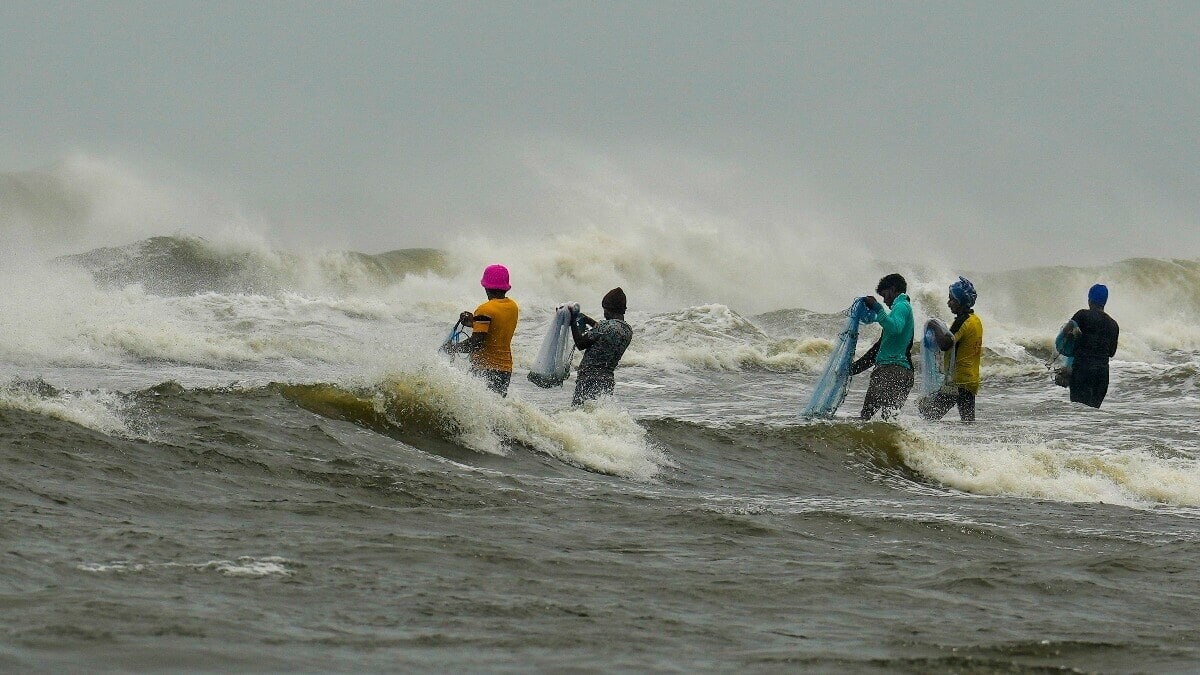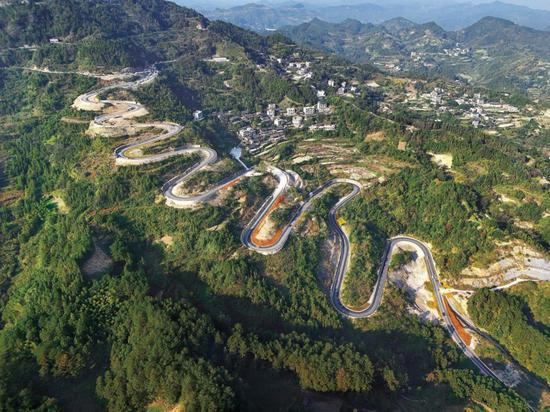
Here is a basic fact: 70% of the earth’s surface is covered by ocean. Every school kid knows this, and we’ve all seen photos of our blue orb floating in the black void of space. Clearly the ocean is immense, yet it’s hard for people to grasp the scope of its immensity.
I like to frame its dimensions differently. Rather than visualising its surface area, think of the globe as a biosphere – a three-dimensional living space. Measured that way, by volume, 98% of it is ocean.

And here’s the kicker: 95% of this saltwater realm comprises depths below 600ft, extending down to nearly 36,000ft. Yes, we live on an ocean planet. But it’s more accurate to say that we live on a deep ocean planet.
Get the latest news and insight into how the Big Issue magazine is made by signing up for the Inside Big Issue newsletter For as long as I can remember I’ve been obsessed by the deep, captivated by the idea of its fantastical landscapes (which we’ve never seen), bizarre creatures (that we’ve never met), lost chapters of history (stuff we couldn’t even guess at), and countless undiscovered treasures (including an estimated three million unknown shipwrecks). There’s a parallel universe beneath the ocean’s surface – a mysterious underworld. Yet we’ve barely explored it.
Only rarely do we pay any attention to it. For a host of reasons, that’s now beginning to change. The deep is the engine that drives the earth’s climate, ocean circulation, heat distribution, nutrient cycling, and geochemistry – among myriad other intricately interconnected systems – all of which make it possible for us to live up here on our 2% patch.
Global warming means that we’re now in a race for knowledge about the ocean before its changes overwhelm us; a race to explore the deep before it’s exploited beyond recognition. A race to protect the biosphere’s silent majority, and ourselves, as the clock ticks loudly. Not that any of this is easy.
Everything about the deep ocean is daunting: its size, darkness, crushing pressures, inaccessibility, complexity, and its many secrets. Perhaps that’s why we’ve managed to map only 25% of the seafloor at high resolution, even after successfully charting every last divot on Mars. Sending machines and human bodies into an environment where they must withstand up to 16,000 pounds of pressure per square inch – the equivalent of 300 jumbo jets stacked on your head – has always been a heavy engineering challenge.
But technology is advancing, enhancing our ability to study the abyss, and even to view it in person. Autonomous deep-sea robots with AI manned submersibles like zippy little spacecraft, seafloor observatories wired to the internet, scanners that sequence DNA in the water, new sonars, new sensors, new science: they’re all here, at last. And more breakthroughs are coming.
Lessons from the Middle East – ‘the epicentre of climate discourse’ – for a warming planet How we can prevent ocean plastic pollution by improving UK recycling systems As an author who writes about the ocean, the deep is my holy grail. More than I’ve ever wanted anything, I wanted to go down there. My goal was to witness the deep – not just physically or intellectually, but emotionally and spiritually.
This turned out to be a seven-year quest, but the results exceeded my wildest dreams. Diving with state-of-the-art robots and in futuristic, rigorously certified submersibles, I accompanied explorers and scientists as they descended into the earth’s two deepest regions: the Mariana Trench and the Tonga Trench. In the Atlantic, I dived through the twilight zone – the deep’s uppermost layer, from 600-3,300ft – a realm that contains trillions of bioluminescent creatures.
In the Pacific, I plunged four miles to the bottom of the abyssal zone into an active submarine volcano, and flew across fields of pillow lava. Every descent was different, magical in its own way. People expect the underworld to be spooky, dark, and filled with monsters, but they don’t expect its beauty.
Unlike outer space, the ocean’s inner space is magnificently alive. Glimmering fish with huge eyes and fangs made of nanocrystals; psychedelic jellies twinkling like wayward UFOs. Pink sharks and iridescent worms.
Ten-thousand- year-old sponges with glass skeletons; spider crabs with five-foot-long legs. The strawberry squid. The cockeyed squid.
The giant squid. The deep is a cosmos of strange beings, and that’s even before you consider the galaxy of microbes, some of which have been here for hundreds of millions of years. All of them teach us that life has many tricks up her sleeve.
In 1874, when Jules Verne published his science fiction classic Twenty Thousand Leagues Under the Sea , he could only imagine the wonders of the deep. Now, 150 years later, we’ve moved far beyond fiction when it comes to cracking the ocean’s secrets. We’ve gained access to the underworld for real.
We’re meeting it. We’re learning about it. We’re the first in history to see what’s actually there.
And it’s here, right below us. Right where it has been all along. Susan Casey is a journalist and author.
The Underworld: Journeys to the Depths of the Ocean by Susan Casey is out now (Cornerstone, £10.99). You can buy it from the Big Issue shop on bookshop.
org, which helps to support Big Issue and independent bookshops. Do you have a story to tell or opinions to share about this? Get in touch and tell us more . This Christmas, you can make a lasting change on a vendor’s life.
Buy a magazine from your local vendor in the street every week. If you can’t reach them, buy a Vendor Support Kit . Share Author feature Books Climate crisis environment and community From the magazine Ocean.










